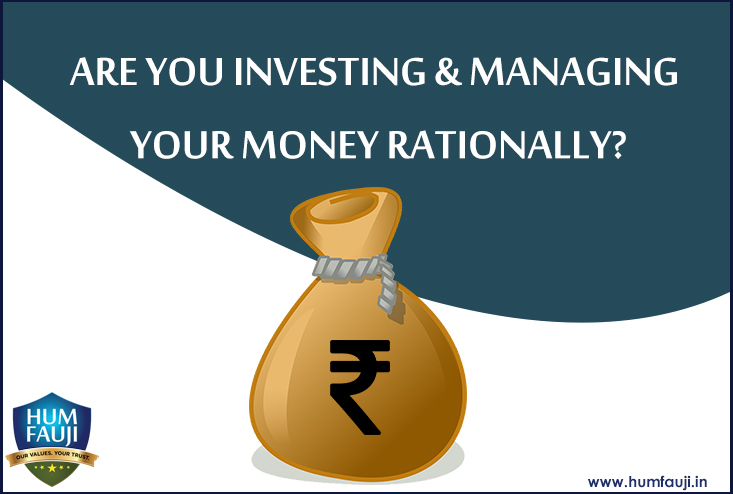15May
Verdict 2014: The Way Forward For Investors
Hardly 24 hours remain for the world to know who is going to occupy......02May
Three Smart ways to Invest in Gold this Akshaya Tritiya Week
Indians have always considered Gold as a safer option to invest vis-a-vis o...18May
Hope You do not Fall Prey to these Investment Myths
As a Financial Planner and an Investment Advisory firm, we come across quit...07Apr






